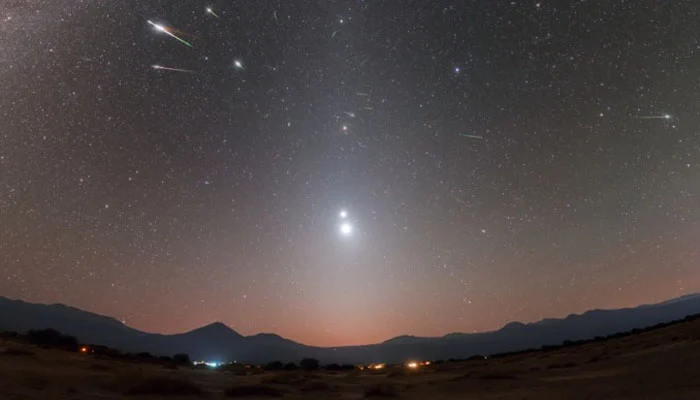The famous Comet Halley, whose debris will light up the sky, is responsible for the amazing celestial show that is expected to unfold during the eta Aquariid meteor shower, which is expected to dazzle with meteor rates reaching up to one per minute.
Normally, May 4 and the early hours of May 5 would be the prime viewing window, but due to an unanticipated eruption, enthusiasts may be lucky enough to have fantastic sky-gazing possibilities from May 2 to May 6, according to a NASA update.
Bill Cooke, in charge of NASA’s Meteoroid Environment Office at the Marshall Space Flight Center in Huntsville, Alabama, claims that a large portion of this year’s shooting stars are due to debris from Halley’s Comet, which is around 3,000 years old.







